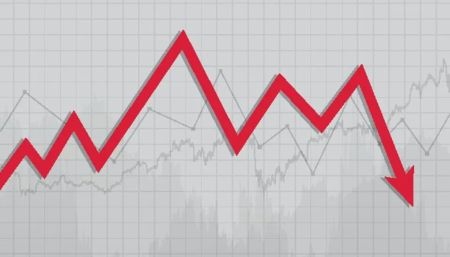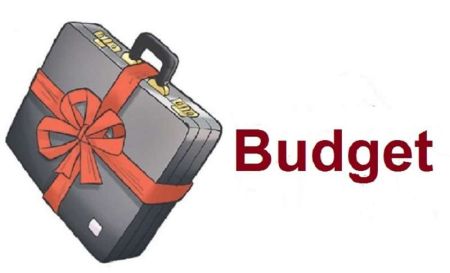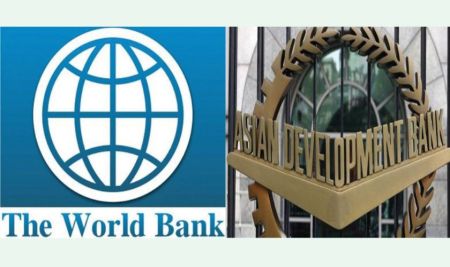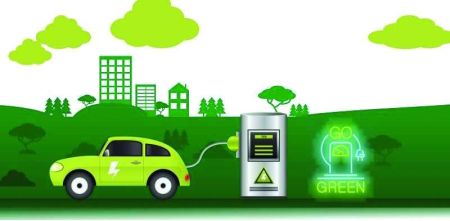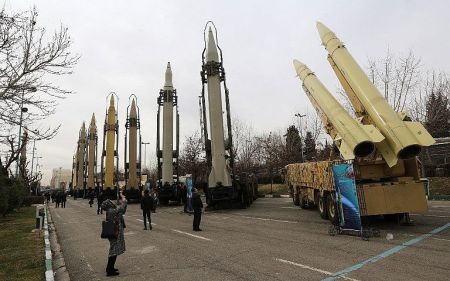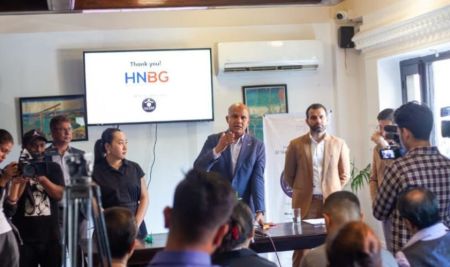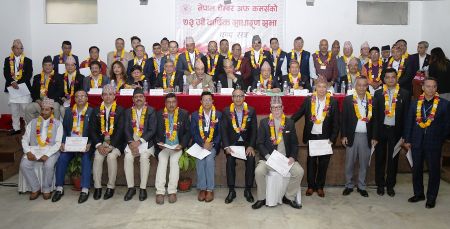--By Basant Kumar Chaudhar
“To improve is to change; to be perfect is to change often,” proclaimed Winston Churchill.
Little would have the British statesman realized that what he said then would, decades later, emerge as the essence of a powerful management tool.
Churchill’s statement carried the seeds of Kaizen, which Japanese organizational theorist and management consultant Masaaki Imai introduced to the world in his epochal treatise work Kaizen: the Key to Japan's Competitive Success in 1986.
Though the origin of Kaizen has its roots in the work and research of American management experts following the Second World War, the concept’s rigorous and long implementation by companies like Toyota lent it a distinct Japanese complexion.
Later Anthony Robbins and Robert Maurer highlighted the utility of Kaizen principles for personal development. In the book One Small Step Can Change your Life: The Kaizen Way (2004), Maurer showed how individuals can adopt the kaizen approach to enrich both personally and professionally.
The fact is that among all management concepts and tools, Kaizen is the most humanizing and harmonizing as it engages every section of a commercial organization – from the chief executive to the junior-most rank and file. Man, machine, time and space need to join hands if Kaizen has to be optimally utilized.
Before plunging into the nitty-gritty of this acclaimed concept, let me carry Kaizen to the kitchen. The example will facilitate its understanding for young business executives.
There was this issue of cleaning cutlery in a dishwasher and placing them in the cupboards or drawers. The washer and the drawers were hardly six feet apart in the kitchen. Before application of Kaizen, young daughters of a Kaizen expert used to move the cleaned cutlery from the washer to the drawer in un-assorted bunches. This had to be done as dirty cutlery used to be put into the dishwasher indiscriminately.
As the first step, different cutlery like spoons, forks, knives, ladles, etc. were placed in separate sections of dishwasher’s hoarding section. This eliminated the time spent on separating the mixed-up cutlery. As the second step, the girls came up with the idea of moving the entire hoarder after the cleaning and placing it next to the drawers. This eliminated the need for walking to and fro between the dishwasher and the drawers. Now, the washed cutlery could be most conveniently placed in the drawers, the hoarder could be returned to the dishwasher and the job was done.
Result: (1) Time to complete the process before using kaizen: 1.25 minutes; after using kaizen: 38 seconds. (2) Distance walked per day before kaizen: 60 feet; after kaizen: 6 feet. That meant that the distance walked per year within the kitchen dropped from 4.14 miles to 0.41 miles. The advantage in terms of time, effort and energy saved are obvious.
We know humans are not perfect. Most of what we do is full of imperfections and wastes. Kai means change and Zen means good. Kaizen directs us towards continual improvement. Small improvements by everyone, everyday and everywhere in the organization sum up the spirit of Kaizen. The outcome has been found to be amazing. Small can be big!
Unlike other management tools, say like Sigma and project management techniques, Kaizen is not time bound. It is continuous and endless as there is always scope for improvement. It is a creation of a new mindset and culture across the organisation.
Kaizen gets rid of hard work, motivates employees and creates a sense of belonging and fulfillment among all those who spot wastes and eliminate them.
However, haphazard improvement initiatives do not help. These need to be aligned with the overall company policy and objectives to bear fruit. For this it is essential that the exercise should be backed from the CEO downwards that is there should be buy-in of the concept at all levels.
Kaizen talks of three Gens. (a) Gen-ba means going to the actual place of action like the factory shop floor, construction site, surgery operation theatre, pharmacy distribution desk, hotel reception, etc. Board room meetings, poring over flip charts and excel sheets won’t help that much. (b) Gen-butsu tells us to look at the actual parts and components which need change instead of just going through their drawings. (c) Gen-jitsu is all about getting the facts and understanding the need for the real change required. Acting on assumptions can be disastrous. Rely on the reality.
This will help you create a business case for Kaizen. The objectives could include reducing lead times, enhancing delivery performance, eliminating scrap, reducing inventories, increasing capacity, eliminating bottlenecks, reducing changeover time and machine failures, quality improvements, etc.
The goals should be SMART that is Specific, Measurable, Actionable, Realistic and Timely. The team size should be based on the areas targeted for improvement. Though all teams need to have a facilitator and a leader, it is better to have a diverse team rather than a group of having a single mindset. Let the issue be looked at by different eyes. The team must include members from the actual work areas as the best improvement ideas are known to come from persons actually executing the process.
It is vital for the teams to document the current state before executing Kaizen. They should then identify wastes, make the necessary changes, again document the improvement, standardize the process and repeat the process for more improvement. However, before repeating the process it is imperative to make a presentation and invite healthy criticism, and then also celebrate.
At times, time is a major constraint. In such cases one can go in for what has come to be known as Kaizen Blitz or rapid improvement as a focused activity on a particular process. The idea is to identify and remove wastes within one to five days.
Elimination of wastes helps save money, boosts productivity and improves profitability – the basic essentials for a company’s sustainability and growth.
But the key goal is to identify wastes which Kaizen describes as Muda, Mura and Muri. These are Japanese terms. What do these terms signify and how they help us in distinguishing between different types of wastes is a topic in itself. It is vital to understand these nuances to make Kaizen work for you and your organization.
(I shall discuss this in my forthcoming column.)
The author is Chairman of BLC (Bhuramal Lunkarandas Conglomerate) and Basant Chaudhary Foundation and can be contacted at [email protected]. Views are personal.









